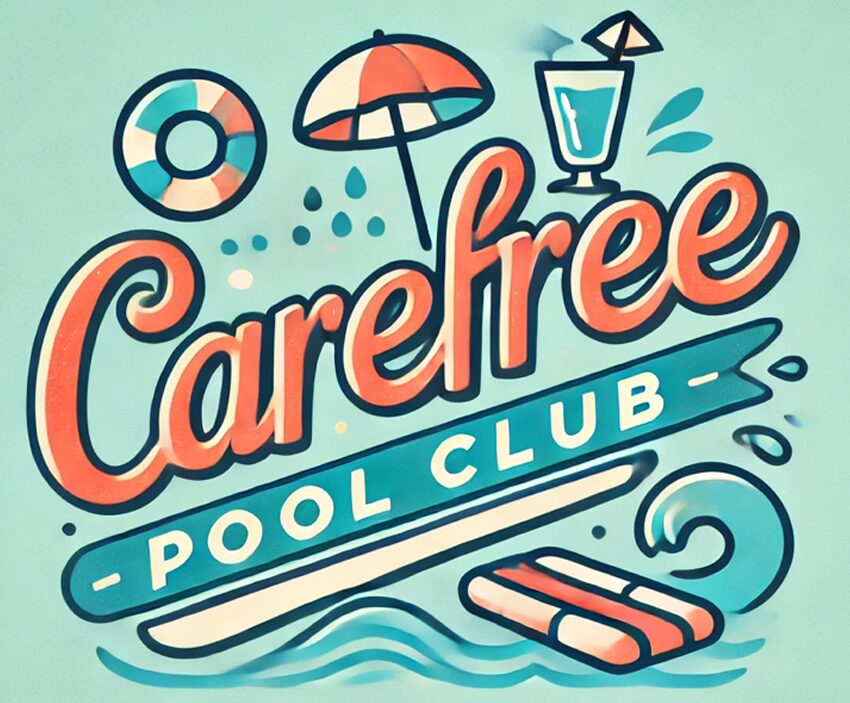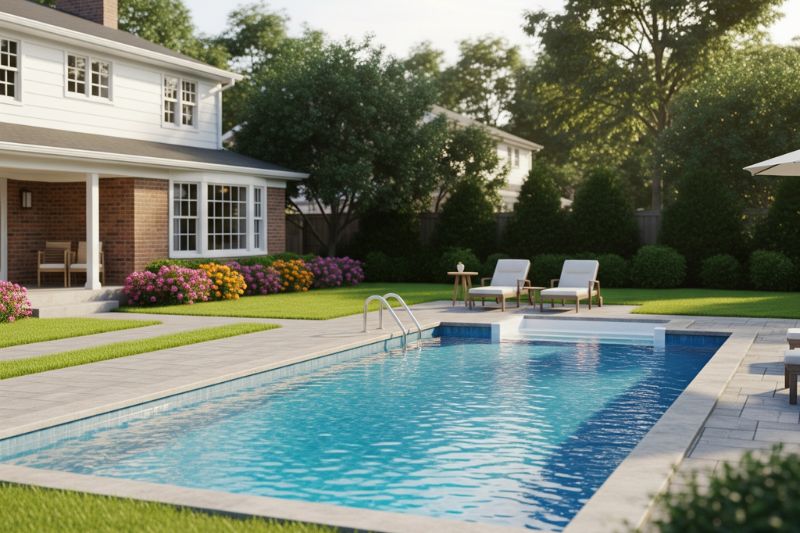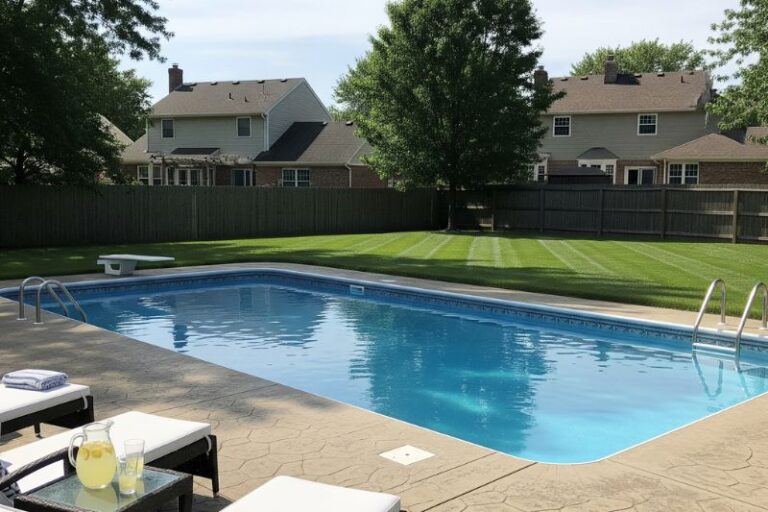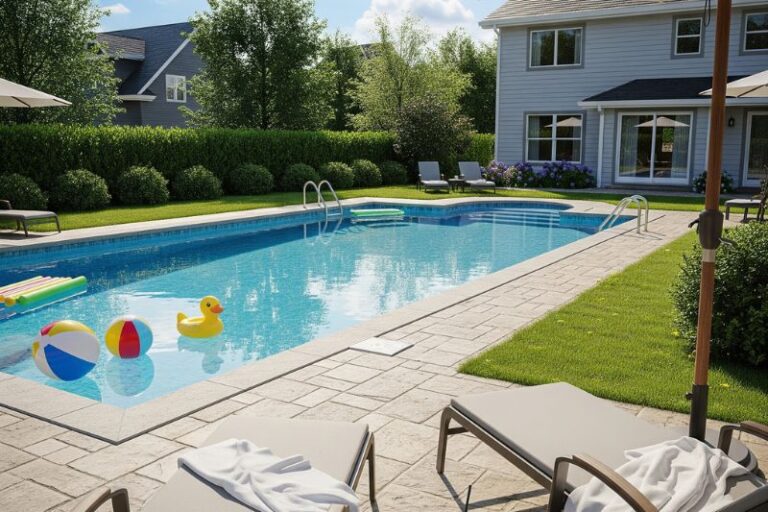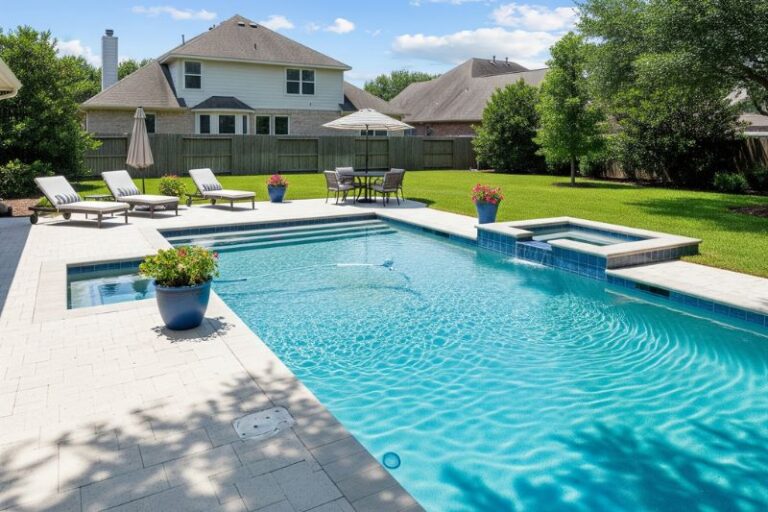Chapter One: The Clues
It started like any other Saturday. A homeowner strolled into their backyard, test kit in hand, ready to “stay ahead of things.” Chlorine? Decent. Alkalinity? A little low, but nothing tragic. Then came the pH: 7.8. Weird, but not alarming.
By Wednesday, it hit 8.0. They added acid like the instructions said. Friday rolled in. 8.2.
The pH kept rising.
And the pool? It started to get a little cloudy. Just slightly off. The sparkle faded. Friends swam and said nothing, but you could tell. Something wasn’t right.
Chapter Two: The Interrogation
When you’re trying to solve a mystery, you question everyone.
“Have you been brushing the pool?”
“Yes,” they said. But the brush was dry. Suspicious.
“How often are you backwashing?”
“Only when the pressure goes up.”
Translation: Not often enough.
“What’s your CYA level?”
“…what’s that?”
There it was. The first crack in the alibi.
Chapter Three: The Test Results Lied
Test strips said the pH was high. But test strips always say something.
Liquid tests confirmed it, and a deeper check revealed the total alkalinity was creeping up too, thanks to the homeowner constantly shocking the pool with products that secretly boosted pH.
Not only that, but their return jets were angled upward, disturbing the surface and off-gassing carbon dioxide; a sneaky way pools naturally increase pH.
Chapter Four: The Hidden Culprits
The more we dug, the more the suspects lined up:
- Poor circulation: The pump was set to run just 4 hours a day. Not enough.
- Lack of brushing: Dust and algae cling to walls and mess with balance.
- Improper acid dosing: They poured acid in one spot and walked away. Never mixed it in.
- Mismatched chemicals: Alkalinity increaser one day, shock the next, acid the day after. Chaos.
This wasn’t bad luck. This was self-sabotage with a smile.
Chapter Five: The Big Reveal
Turns out, a rising pH wasn’t the real problem. It was the symptom.
What looked like a chemistry issue was actually filtration failure, poor circulation, and inconsistent habits pretending to be effort. The pH rise was just the pool raising a red flag, screaming “look deeper.”
And when we did, it all unraveled.
Chapter Six: Case Closed
They fixed the return jets. They brushed the walls every other day. They switched to liquid chlorine and learned how to dose acid evenly with a mixing brush.
They ran the pump 8 hours instead of 4.
Now the pH? Solid at 7.6.
Sometimes, the water doesn’t lie. It just needs you to stop ignoring the clues and do the actual work.
